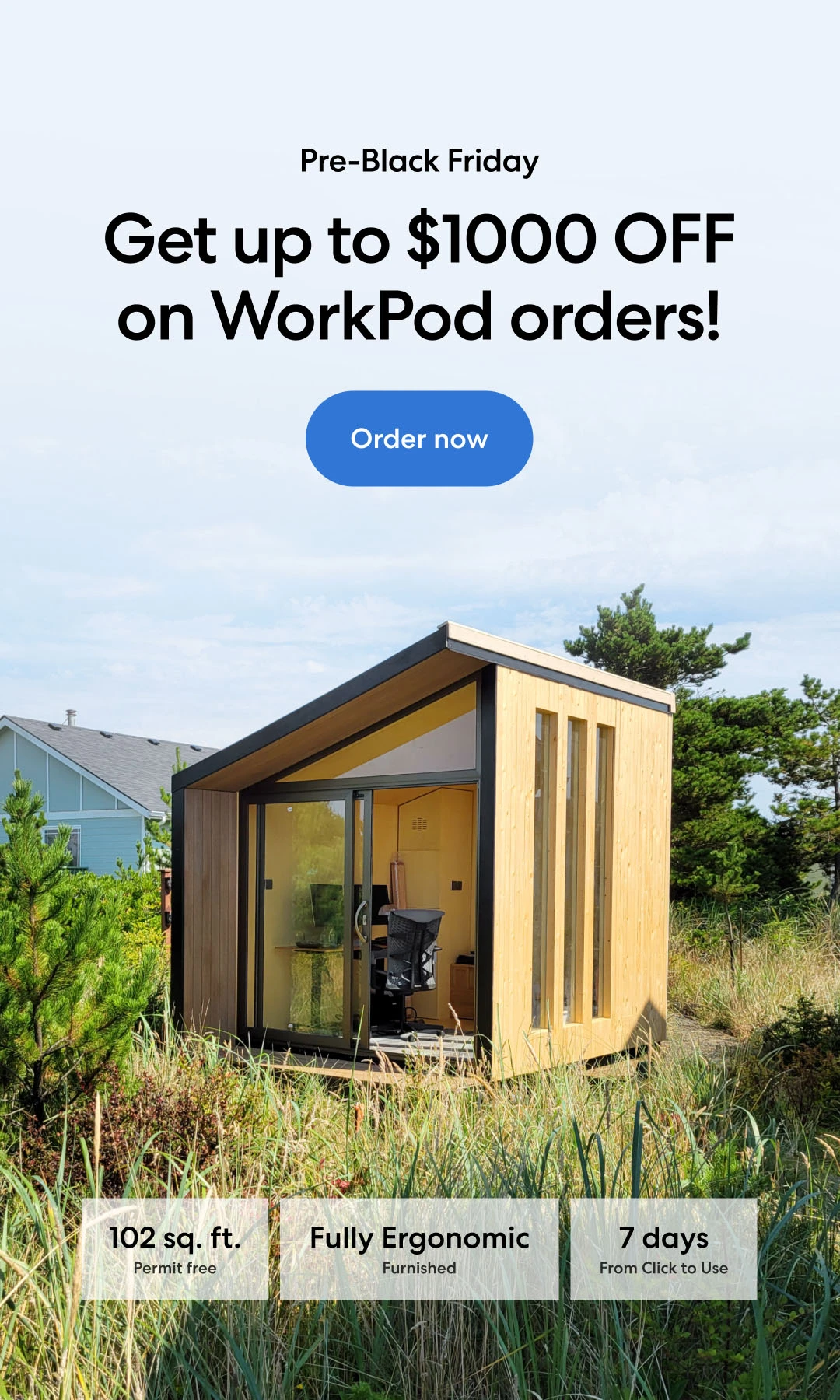/https://storage.googleapis.com/s3-autonomous-upgrade-3/static/upload/images/new_post/how-to-build-an-effective-hybrid-team-culture-1975.jpg)
Building a hybrid team culture may seem like something challenging if you've just incorporated this work model into your company, but it's not impossible. It's not only about offering different benefits or changing a few things here and there, but also in reference to changes that affect your workplace culture directly.
According to distinct sources, a primary result of the COVID-19 pandemic is the rise of remote work as one of the most important changes in our lifestyle. It's not a secret for anyone that many of us were forced to start working remotely during the first year in lockdown.
However, it has been over a year since the pandemic started, and now more workplaces are offering a hybrid work model to accustom to the new conditions of the world.
But what is exactly a "hybrid team culture," and how can you build it? Before we answer these questions, let's refresh your memory a bit and get to know what hybrid working is all about.
What is a hybrid workforce?
A hybrid workforce is a working model that offers flexibility about their jobs in regard to schedule and location. Thus, they are able to choose whether they want to work at the office or at home based on what's better for them at that particular moment.
There are numerous combinations of hybrid work based on what the company offers. For instance, some businesses may offer their employees to work remotely completely and only attend the actual building when required. However, other companies may require them to alternate between both options throughout the week, similar to what office hoteling offers.

Most people prefer a workplace that offers a hybrid work model instead of other options in the modern-day. This is because it grants them more versatility when it comes to choosing how, when, and where they complete their daily activities. This flexibility is important in order to maintain an efficient, productive mindset on the employees.
Learning to sustain hybrid team culture
Now we know that companies not only have to work hard for their target audience but also for their employees. It can be a bit complicated at first to know about how to sustain a hybrid work culture, but it is not impossible. Studies say that, before the pandemic, more than fifty-eight percent of workers were unhappy with their work conditions.
Therefore, it is hugely important for us to start focusing on how to improve things for them, and that’s all improving the employee experience. But how do we start doing so?
There are certain aspects that every employer should look after in order to build a hybrid team culture. It is essential to plan things ahead and foresee possible reactions as certain changes may not have the expected results. For instance, when executed wrong, hybrid teams can be hugely counterproductive as they create divisions between co-workers and even more competition or inefficiency.
Thus, learning how to build a culture for a hybrid work team before actually implementing it is hugely crucial if you want this new model to succeed at your workplace.
How to build a culture for hybrid work team
In this section, you will find some tips that you can use to get started with the task of building an effective hybrid team culture. It will take time and effort, but in the end, the entire endeavor you put into it will be worth it.
1. Make sure everyone is equally visible.
We know that it is the duty of any employer to track how their employees are currently handling their jobs, even if they're not at the workplace. Thus, employers should make sure that everyone receives the same treatment regardless of their preferred work model.

It's not only about scheduling meetings to interview each employee individually about their current state. It's also worth noting that implementing employee tracking software can add more efficiency to this task. Not only will you be able to receive other data that your employees may have overlooked during the interviews, but you also will make sure everyone receives the same treatment.
2. It's important to emphasize communication.
It can be challenging to maintain stable communication in a hybrid work culture. Similar to what the previous point says, this one is also about visibility and how your employees are able to interact with you and with each other, regardless of their preferred work method and schedule.
All the members of your staff should feel like their ideas are heard and that their voices matter.

You can encourage this by enabling more communication channels outside of the traditional ones – innovation is the key – but if you have no ideas, another good plan is to let your employees decide what the best method of communication is – with some limitations of course.
Remember that the key to strong, healthy bonds between an employee and their supervisor is trust.
3. Find the equilibrium between freedom and accountability.
It is hugely important for employers to understand how coordination plays a big role in their business' existence. Here we take into account multiple factors, such as individual preferences, collaboration, and more. But all of these aspects have their foundation in the same thing: trust.
For instance, Google has established a hybrid work model known as "flexible workweek." This consists of all workers attending their offices for three days, while the remaining two can complete their daily tasks from home.

It’s not appropriate just to “let them do what they want” and get back to provide feedback. These rules become more effective for enhancing a hybrid team culture when they are specific, such as the ones incorporated in the previous example.
Conclusion
It can be challenging to build an effective hybrid team culture. It takes time, effort, and several attempts. However, you will learn what things work and what others don’t, making it easier simultaneously during the process.
Thus, the execution of your plans should not be as complicated as the hybrid team culture of your workplace becomes more evident by taking into account the distinct needs of every one of your employees.
Stay connected with us!
Subscribe to our weekly updates to stay in the loop about our latest innovations and community news!




/https://storage.googleapis.com/s3-autonomous-upgrade-3/production/ecm/230914/bulk-order-sep-2023-720x1200-CTA-min.jpg)

/https://storage.googleapis.com/s3-autonomous-upgrade-3/static/upload/images/new_post_author/admin-1.png)